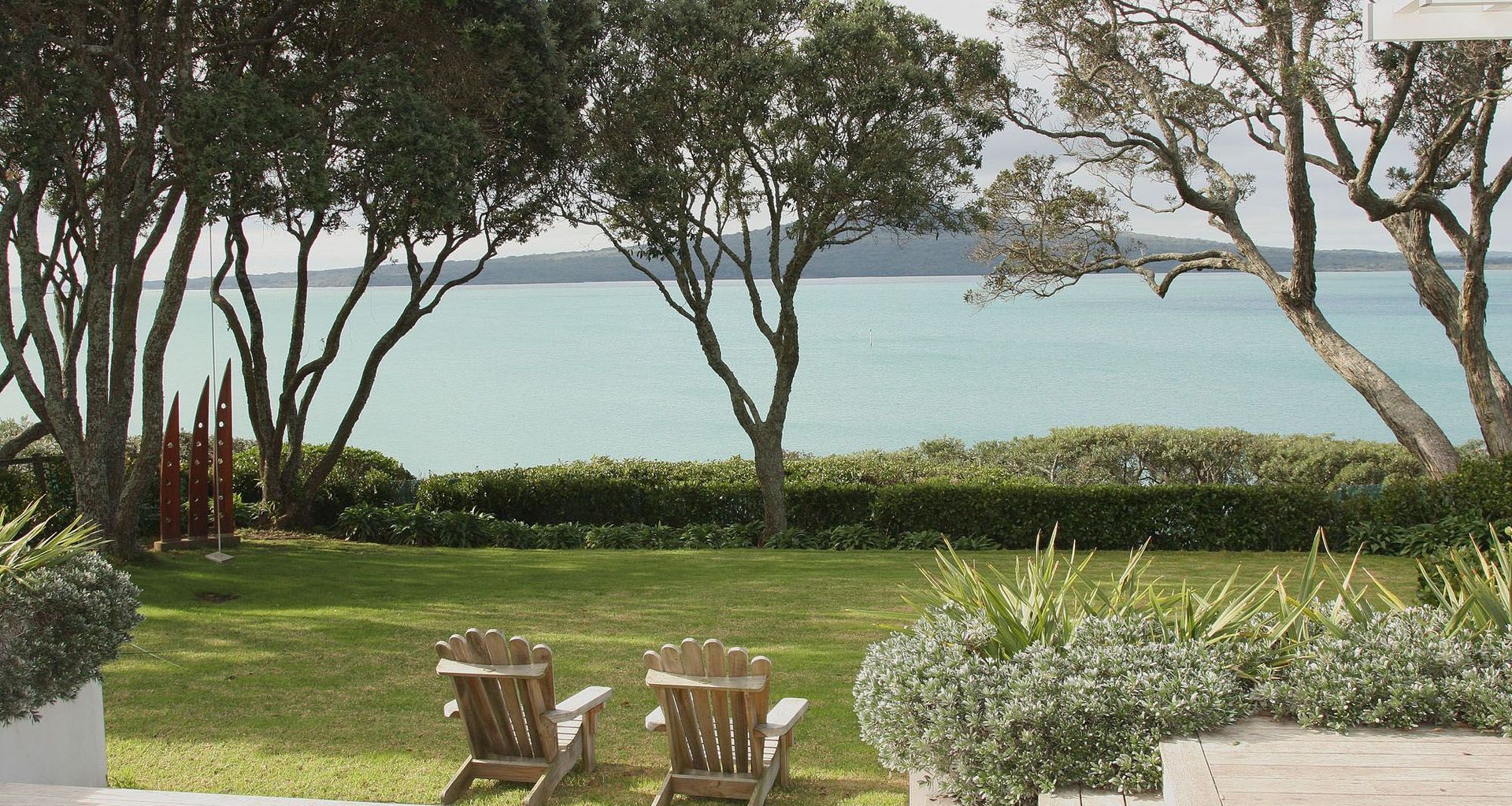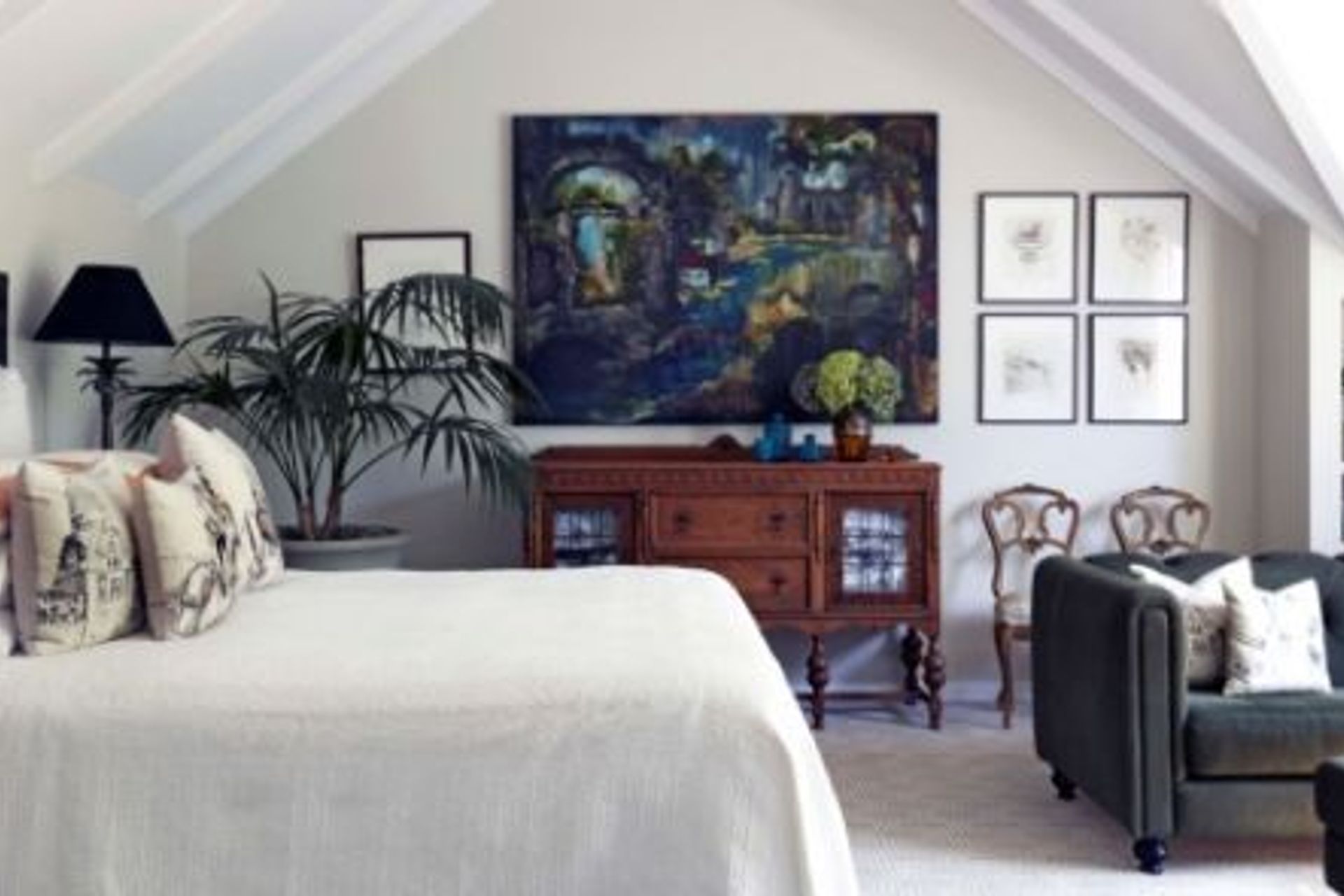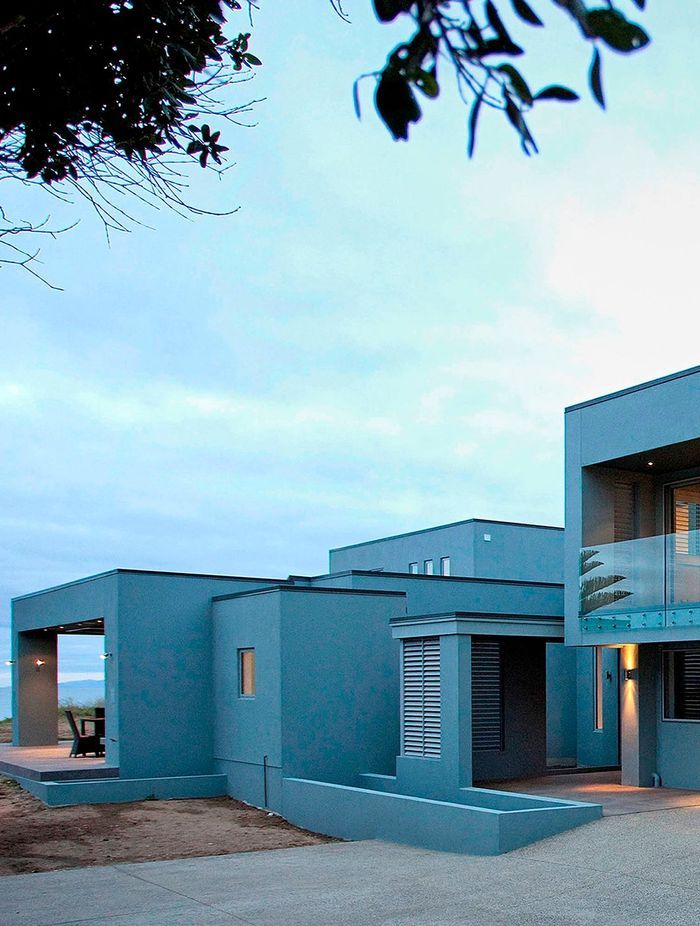Top 10 tips to marry inside and outside spaces
Written by
12 November 2019
•
6 min read

With summer coming, we sought advice about what it takes to seamlessly blend the interior design of your home with the outdoor areas. Waikato-born and trained in London, interior designer Donna White draws on both her inherent creativity, having grown up in an artistic family, with a pragmatic approach that pays homage to traditional design but brings it up-to-date with contemporary trends and an eye for colour.
1. The first impression of your house is important. The first impression people have of your home is what they see from the street. Create a pleasant journey from the front gate to the front door. The entry then sets the tone and is a taster of what’s to come.
2. Apply the same ‘good design’ principles to the outside space that you’d apply on the inside of your home. Inside the home, four walls, a ceiling and a floor define a space. Treat every outdoor space like a room and define its boundaries. The ceiling is the sky, or the glazing and louvres, of an outdoor room, and the four walls could be hedges, fences, gates and so on. Make sure there is a good flow between the exterior and interior by using complementary styles, materials and shapes.
3. Develop a theme that respects the architecture and character of your home. Gain an understanding of what you’re trying to achieve, decide on what route to take and go with it. However, be careful not to jar the senses – it’s probably not a good idea to have a Japanese garden in a 1940s bungalow, for example.

4. What to keep, give away or recycle. My advice is to keep what you love and what you need. What do you feel sentimental about? Decide what you need to replace and what you want to renovate to create something new. Stand back and look at its shape, what parts need to be sanded and reupholstered. Also, hunt through your cupboards for interesting objects to put on show. Sometimes it’s just a matter of taking a different approach or casting fresh eyes over them, and it’s also a great way to save money. But, be careful about sentimentality. If you want to hang your mother’s painting on the wall, do so if it’s really good and it works with your décor – but, that’s not often the case! I suggest that if it’s personal – artworks or family photographs – then, it might work better in the bedroom.
5. Be a responsible citizen. Making good can work out quite expensive but you need to balance your decision with whether you want to throw yet another piece of furniture on the rubbish, or be a responsible citizen and give your furniture a new lease of life. These days, we need to think about how we can be more eco-friendly by upcycling and reupholstering tired but well-loved furniture. But, if you do need to buy new, then buy the best of what you can afford. Purchase tomorrow’s antique or something you really love and will keep for a long time.
6. Furniture and scale. Good space planning is essential and a good scale drawing is necessary to really understand how a space will work. Measure your spaces to know if the furniture and fittings will fit and, always walk away from furniture store with dimensions of furniture you’re interested in. Choosing seating is especially important because, in a seating area, the heights are about 46cm to make it easy to get in and out of sofas and chairs, but the homeowner needs to sit on the furniture before it’s purchased because different body shapes have different levels of comfort. My pet-hate is those piddly little coffee tables that aren’t good for much, so make sure you choose a substantial coffee table that’s functional and at the right height for your seating.
7. How to develop your brief. Ask yourself, what is the purpose of each room – what is its function? Work out what you like by doing research – build some ArchiPro Design Boards to discover the products, furniture, materials, objects and styles that you like. Working as an interior designer, I find that the process is a bit of detective work to understand what the client likes, and the challenge of a small budget makes it even more creative. But, collaboration at the concept stage is key. In my experience, the best results are achieved when the architect, interior designer and builder collaborate as early as possible on a project.

8. Think about the cohesion between different materials. There needs to be a transition of colour between floorboards and decking, and going from dark floorboards to dark carpet, otherwise it can make a space feel smaller, unless you’re deliberating wanting to make adjacent spaces appear different. If you understand good design principles and how to follow the rules, then you can break them. Also, consider the effects of the harsh New Zealand sun on the materials you choose, especially how you dress the windows because our sun will rot anything , especially fabrics, so look at the composition of curtain fabrics before you buy. Shutters and louvres are very popular now – a lot of people like shutters because it makes you think about travelling, and roller blinds suit our modern homes.
9. How to work with colour. Always think of a room as if you are looking at a face and create a layered palette of colour. Apply paint like a foundation, then add the eye brows, eye shadow, lipstick and blush – the curtains, furniture, soft furnishings, cushions, ornaments and art. That’s when it all starts to come together. Monochromatic colour schemes are very popular now because they work well in New Zealand. But try to make black and white into something special by combining textures, patterns, matt and gloss.
10. Accessories and plants. Just like you would in your living room bring your outside spaces together with accessories by adding cushions, lighting, accessories and potted plants, while the art on the walls is the garden scape. Chose the right plants and add colours that complement your interior. Listen to advice from the experts at the plant centres and find out which plants will thrive on sunny decks – then, look after them. Use rugs to transform your outdoor room and, luckily, there is now a great range of rugs designed specifically for outdoor spaces. Just apply the same rules to outdoor rugs that you would apply within an indoor space, such as making sure it’s big enough under a dining table to prevent the chairs from catching.
